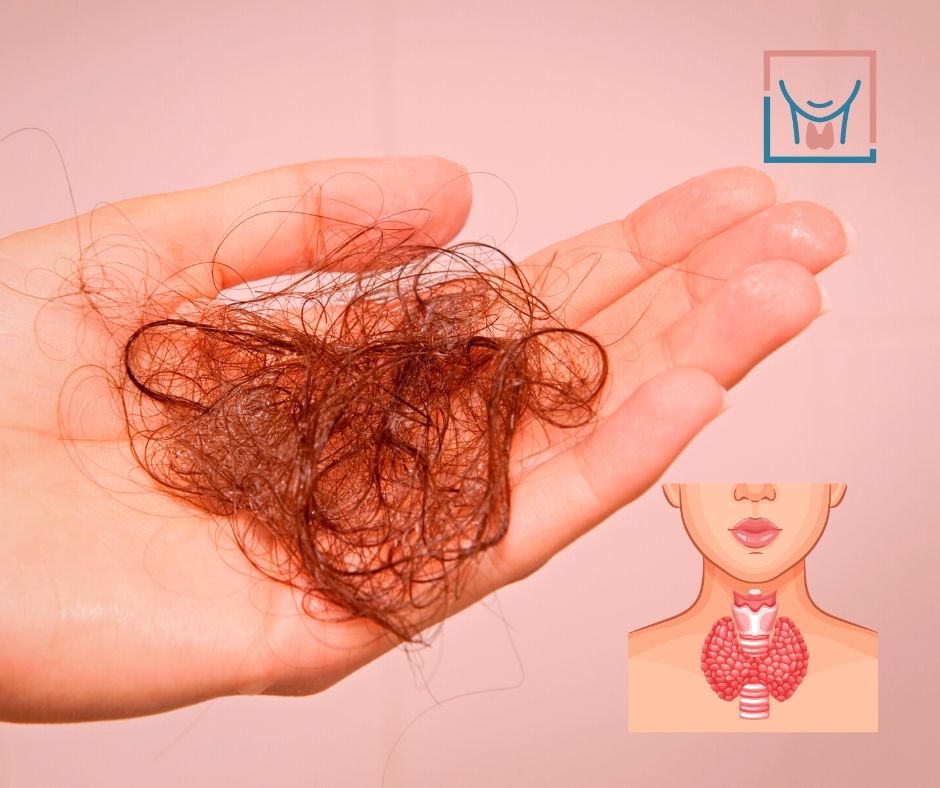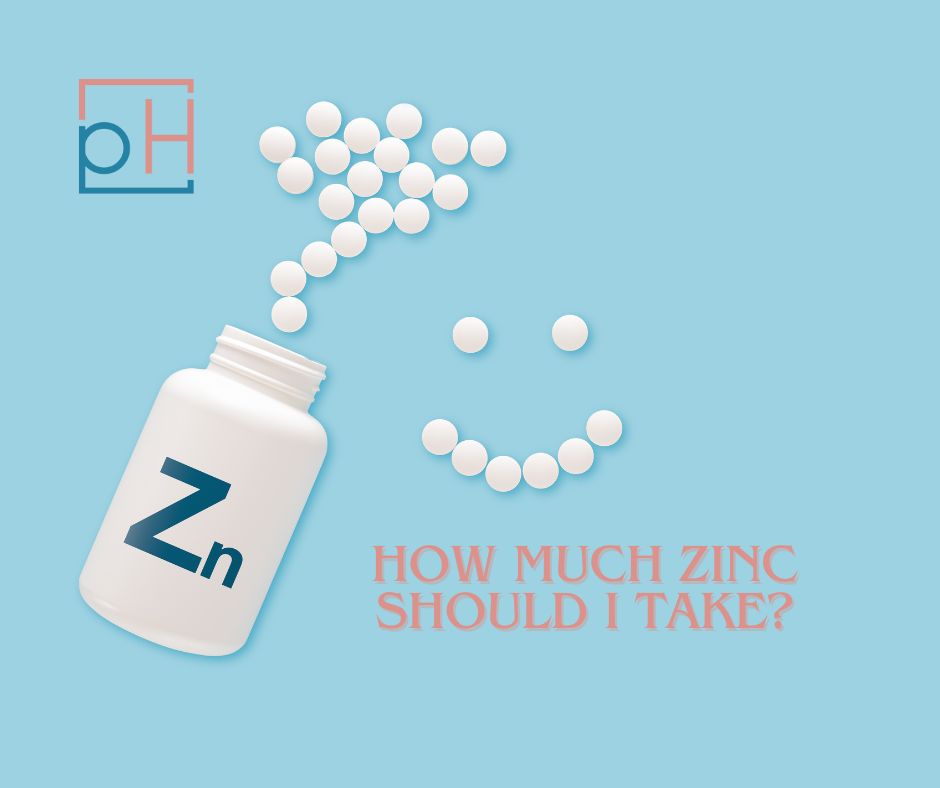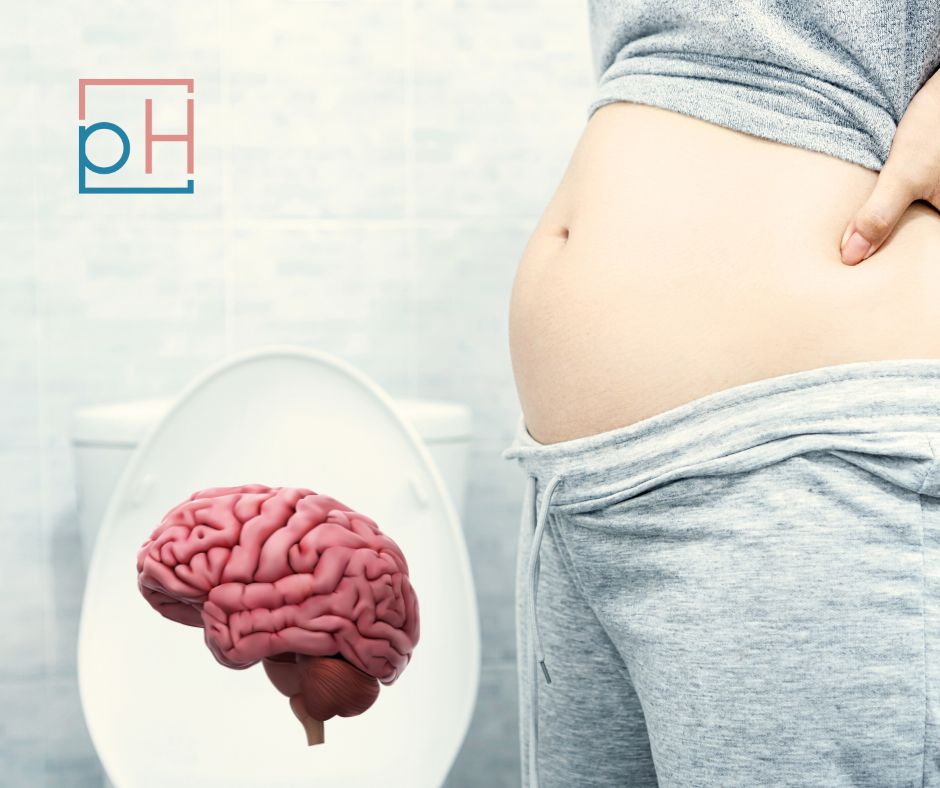The difference between dementia and Alzheimer’s can be confusing, but it doesn’t have to be.
Dementia is a group of symptoms that describes a progressive form of memory and skills decline. Alzheimer’s is a specific disease in your brain that causes dementia symptoms.
Dementia is not the same thing as preclinical Alzheimer’s, subjective cognitive impairment (SCI), or mild cognitive impairment (MCI). Clinicians use precise diagnostic criteria to distinguish between these other forms of cognitive decline, which may or may not lead to full-blown dementia.
Alzheimer’s is the most common form of dementia. Diseases like Alzheimer’s, vascular dementia, and Huntington’s disease are some common causes of dementia symptoms.
Alzheimer’s may be preventable with the right lifestyle changes. Other forms of dementia may also be prevented, but there is less evidence for prevention of the less common forms of dementia.
If caught early enough, changes to your diet, stress levels, and other parts of daily life may slow or stop cognitive decline. Dementia is not simply a done deal just because you get old. Cognitive decline is not a normal part of aging.
Around 50 million people around the world live with dementia symptoms, most of which are cases of Alzheimer’s disease. Life expectancy after Alzheimer’s diagnosis is 4-8 years.
Long before a diagnosis is given, the brain begins to change — often during your 40s.
If you or a loved one is experiencing any dementia or Alzheimer’s symptoms, visit a healthcare professional right away. Even without symptoms, it’s important to get brain evaluations as you enter your 40s and focus on prevention long before a diagnosis can be made.
The earlier the detection, the easier it is to slow or stop cognitive decline.
Want to prevent Alzheimer’s using a plan that works… without breaking the bank? Get our guide to the Bredesen Protocol on a budget for $29.
What is dementia?
Dementia is an umbrella term referring to a group of symptoms including memory loss and general loss of cognitive function. Dementia is not a specific disease, rather a set of symptoms. It is not a normal part of aging, yet 1 in 3 seniors dies with dementia.
Millions of Americans provide free care for their loved ones affected by dementia. Their unpaid caregiving is valued at hundreds of billions of dollars every year.
Do you tell a dementia patient they have dementia? Yes, you should tell a dementia patient they have dementia, if they wish to know. Some individuals do not wish to know, and should be respected.
Depending on the stage of dementia a patient is in, they may not be able to understand what you are telling them. Doctors should be able to gently deliver such a diagnosis, and take that off the family’s plate.
What are the 7 stages of dementia? Below are the 7 stages of Alzheimer’s, sometimes called the 7 stages of dementia:
- No Impairment — no detectable memory problems or dementia symptoms; Stage 1 is essentially “no dementia” (but this doesn’t mean the brain is healthy)
- Very Mild Decline — minor memory problems, indistinguishable from age-related memory problems at this early stage
- Mild Decline — loved ones or caregivers may start to notice symptoms; the patient may have trouble finding the right word, planning, remembering the names of new friends
- Moderate Decline — dementia symptoms are clear; patients may have trouble solving basic math or remembering recent events like what they ate for breakfast
- Moderately Severe Decline — patients need help with everyday activities or remembering basic information about themselves such as their phone number
- Severe Decline — patients require constant supervision, have problems with daily activities, cannot use the restroom by themselves, are prone to wander
- Very Severe Decline — patients’ cognition is nearly gone, almost complete degeneration of mental health, they are unable to respond to their environment
During stages one and two above, you may notice very mild symptoms in yourself or loved ones that may fit under the categories of “subjective cognitive decline” (SCD) or “mild cognitive impairment” (MCI). These forms of cognitive impairment are very mild precursors to diagnosable dementia.
What are the 5 types of dementia? Not to be confused with the 7 stages, there are 5 common types of dementia — with Alzheimr’s being the most common:
- Alzheimer’s disease
- Vascular dementia
- Frontotemporal dementia
- Dementia with Lewy Bodies
- Mixed dementia (more than one type simultaneously)
Researchers have identified several other conditions that may lead to dementia:
- Parkinson’s disease dementia
- Creutzfeldt-Jakob disease
- Huntington’s disease
- Chronic traumatic encephalopathy
- Argyrophilic grain disease
- HIV-associated dementia
Symptoms of Dementia
Dementia refers to a group of symptoms that affect your brain health. Below, these signs of dementia are listed:
- Memory loss
- Disorientation
- Misplacing things
- Difficulty concentrating
- Trouble carrying out daily tasks
- Struggling to follow a conversation or find the right word
- Confusion about time and place
- Mood changes
- Problems writing or speaking
- Poor decision-making ability
- Visual hallucinations (most common with Lewy Bodies dementia)
Alzheimer’s Disease
What is Alzheimer’s disease? Alzheimer’s disease is a specific disease that includes dementia symptoms and nerve cell death. 10% of people aged 65 and older have Alzheimer’s, accounting for around 5.5 million cases in the US.
The most common type/cause of dementia is Alzheimer’s.
Alzheimer’s disease is the 6th leading cause of death in America and the 3rd leading cause of death in America for older people. In Japan and the UK, Alzheimer’s/dementia is the number one cause of death.
What is the difference between dementia and Alzheimer’s? The difference between dementia and Alzheimer’s can be confusing. According to the Alzheimer’s Association, “Alzheimer’s is a type of dementia” but also “Alzheimer’s is the most common cause of dementia.”
Ultimately, dementia refers to a set of symptoms, whereas Alzheimer’s is a specific disease that either exhibits or causes dementia symptoms.
Symptoms of Alzheimer’s
What are the symptoms of Alzheimer’s disease? The symptoms of Alzheimer’s and dementia are much the same, since Alzheimer’s causes dementia symptoms.
- Difficulty remembering new information
- Trouble organizing, planning
- Confusion
- Forgetfulness
- Decreased thinking skills
- Problems with simple arithmetic
- Loss of balance, depth perception
- Poor judgment
- Personality changes
- Mood swings
- Severe memory loss
- Propensity to wander
How a Doctor Diagnoses Dementia and/or Alzheimer’s
To diagnose dementia and/or Alzheimer’s, a doctor may use the following diagnostic tests:
- Symptom checklist
- Medical history
- Family history
- Physical exam
- Neurological tests
- Brain scans
- Genetic tests
The Difference in Treatments for Dementia vs. Alzheimer’s
It is unlikely that a single drug or treatment option can treat dementia or Alzheimer’s. Most therapies focus on providing individuals with a little extra comfort and control.
FDA-approved drugs for Alzheimer’s that may also treat dementia symptoms include:
- Cholinesterase inhibitors (donepezil, galantamine, and rivastigmine)
- Memantine
- Donepezil with memantine
Cholinesterase inhibitors and memantine regulate different chemical messengers in the brain to address Alzheimer’s symptoms in different ways.
However, dementia may be caused by more than just Alzheimer’s disease. If a doctor identifies a different root cause for dementia symptoms, he/she may prescribe a different treatment for that root cause.
Examples of treatments for non-Alzheimer’s dementia:
- Stress relief, for stress-induced cognitive decline
- Antidepressants, for depression-induced cognitive decline
- Sleep medicine, for cognitive decline related to sleep disturbances
- Mold remediation, for mold toxicity-related cognitive decline
- Regular exercise, which is shown to reduce the risk of dementia
Sadly, once Alzheimer’s has been diagnosed, management and a potential slowdown or stopping of symptoms is the best goal doctors and patients can hope to achieve. However, by optimizing brain health earlier in life (generally, beginning in your 40s), your chances of preventing the disease from ever taking hold go up exponentially.
Other Causes of Dementia
What causes Alzheimer’s and dementia? Known causes of Alzheimer’s disease and dementia:
- A buildup of amyloid protein & tau tangles
- Chronic inflammation (which recent research suggests may be the underlying cause of Alzheimer’s, not necessarily tau tangles)
- Genetics
- Lifestyle factors
- Environmental toxins, especially in the workplace
Because of the research that points to inflammation, not amyloid buildup, as the true underlying cause of Alzheimer’s disease, many practitioners are shifting their thinking to consider prevention as the path to solving the condition — not just treatment.W
Dementia is a general group of symptoms, not always caused by Alzheimer’s. There are many other diseases that may include dementia symptoms — such as Parkinson’s disease and chronic traumatic encephalopathy (repeated head injuries).
Though not direct causes, the following are risk factors for dementia and Alzheimer’s:
- Old age (above 65 years old)
- Family history of dementia
- History of concussion
- African-American or Latino ethnicity
- Heart disease
- High blood pressure
- Diabetes
- High cholesterol
- Gingivitis
- Poor diet
- Lack of exercise
- Tobacco use
- Excessive alcohol use
- Lack of social activity
- Chronic stress
Bredesen’s 6 Subcategories
Through his studies, Dr. Dale Bredesen discovered 36 lifestyle factors that contributed to beta-amyloid buildup. He grouped these 36 risk factors into 6 subcategories:
- Inflammatory — Chronic inflammation may be the root cause of a patient’s Alzheimer’s disease.
- Atrophic — This subcategory is triggered by reductions in nutrients, hormones, and trophic support (for example, estradiol, progesterone, testosterone, vitamin D, pregnenolone, thyroid, etc.).
- Glycotoxic — Patients with this subcategory exhibit inflammation and reductions in trophic support. Most, if not all, patients’ brain cells are insulin resistant, hence the prefix “glyco-”.
- Toxic — This subcategory is triggered by conditions such as depression, stress, and toxin exposure. Toxins may include mercury, mycotoxins, and MARCoNS.
- Vascular — This subcategory is triggered by poor blood vessel circulation and/or heart disease.
- Traumatic — This subcategory occurs due to a traumatic head injury, typically multiple head injuries.
In Dr. Bredesen’s first study identifying the Alzheimer’s subcategory and treating that specific underlying cause, 9 out of 10 Alzheimer’s patients showed improvement.
A subsequent study observing 100 patients also showed improvement.
Dr. Dale Bredesen is an internationally recognized expert in Alzheimer’s disease. Yet, many conventional doctors still do not know about his groundbreaking Alzheimer’s research.
With a mountain of clinical trials consistently revealing that pharmaceutical drugs meant to treat Alzheimer’s are surprisingly ineffective, the Bredesen approach is a welcome treatment option for dementia care.
Long-Term Outlook
Most dementia cases are Alzheimer’s, but all Alzheimer’s cases cause dementia. Average life expectancy after an Alzheimer’s diagnosis is 4-8 years, but thousands — if not millions — of researchers, scientists, and doctors are working to improve that number.
Want to prevent Alzheimer’s using a plan that works… without breaking the bank? Get our guide to the Bredesen Protocol on a budget for $29.
Sources
- James, B. D., Leurgans, S. E., Hebert, L. E., Scherr, P. A., Yaffe, K., & Bennett, D. A. (2014). Contribution of Alzheimer disease to mortality in the United States. Neurology, 82(12), 1045-1050. Full text: https://www.ncbi.nlm.nih.gov/pmc/articles/PMC3962992/
- Office for National Statistics. (2020). Deaths registered in England and Wales: 2019. Full text: https://www.ons.gov.uk/peoplepopulationandcommunity/birthsdeathsandmarriages/deaths/bulletins/deathsregistrationsummarytables/2019#leading-causes-of-death
- Ahlskog, J. E., Geda, Y. E., Graff-Radford, N. R., & Petersen, R. C. (2011, September). Physical exercise as a preventive or disease-modifying treatment of dementia and brain aging. In Mayo Clinic Proceedings (Vol. 86, No. 9, pp. 876-884). Elsevier. Full text: https://www.ncbi.nlm.nih.gov/pmc/articles/PMC3258000/
- Bredesen, D. E. (2014). Reversal of cognitive decline: a novel therapeutic program. Aging (Albany NY), 6(9), 707. Full text: https://www.ncbi.nlm.nih.gov/pmc/articles/PMC4221920/
- Bredesen, D. E., Sharlin, K., Jenkins, D., Okuno, M., Youngberg, W., Cohen, S. H., … & Hathaway, A. (2018). Reversal of cognitive decline: 100 patients. J Alzheimers Dis Parkinsonism, 8(450), 2161-0460. Full text: https://www.researchgate.net/profile/Kenneth_Sharlin2/publication/329063941_Reversal_of_Cognitive_Decline_100_Patients/links/5d965c00458515c1d391b494/Reversal-of-Cognitive-Decline-100-Patients.pdf
- Gustafson, C. (2015). Dale E. Bredesen, MD: Reversing Cognitive Decline. Integrative Medicine: A Clinician’s Journal, 14(5), 26. Full text: https://www.ncbi.nlm.nih.gov/pmc/articles/PMC4712873/

















